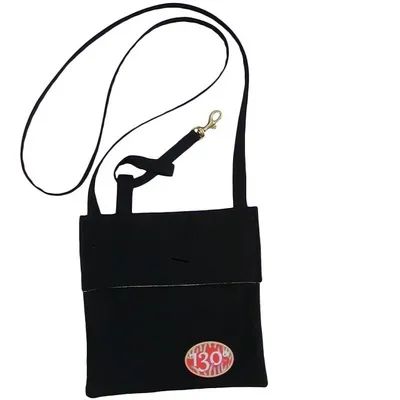
Skooblevart’s Pickpocket Repellent
7/9/2015
Pickpockets have two basic approaches to stealing your hard-earned good stuff. Most use “stealth mode,” but many employ “snatch and grab.” Today’s ingredient is designed to vanquish snatch and grab.
Stealth mode has undeniable appeal. A filch (or a “filch,” as defined in ingredient #5) who remains undetected may remain in the same territory, unnoticed, lifting item after item from victim after victim. By keeping under the law enforcement radar, they may operate in the same area for days, weeks, and months on end . But stealth mode also has a significant disadvantage. It takes patience and skill, often teamwork, to be successful. And the most valuable items may be too hard to reach.
That’s where the snatch and grab thief comes in, using speed and surprise to snatch your bag, then fleeing to a hidey hole where the loot can be examined at their leisure.
This triggered a bit of an escalation over the years, with defense techniques being employed, and then countered by the thieves.
To prevent snatch and grab, tourists know to make sure their strap is over their head and crossing their body, not just over one shoulder.
Thieves then started carrying knives or box cutters. They would grab the bag or base of the strap, slice the strap just above their hand, and yank.
Bag makers then began to add small cable or wire inserts in straps so they can’t be sliced.
Now every snatch and grab thief carries their wire cutter, snipping the strap rather than slicing it, and cutting through the cable insert like butter.
The lesson. No matter what is in the strap, or where you place it, it can be cut.
The next defense, and one that really ups the ante: Secure your tether!
See the tether in the photo. It’s a short strap, separate from the main strap, which secures to a belt loop, button hole, or if long enough, can wrap around your waist. The key to successful tethering is to have physical distance separating the tether from your shoulder strap so that it takes two separate snips to cut through the strap and the tether. Thus, strap around the shoulder, tether attached near the waist.
With the tether secured, here’s what happens. Snatch and grab initiates, with the thief grabbing your strap and slicing it just above their hand. As usual, they get through the strap in a snap. Then Yank! And off they run, with a hand full of rope burn … your bag is still attached to you by the tether, and in fact has most likely fallen to your knee level so the thief has nothing to do but slink back to their hidey hole, cursing the ingenuity that cost them their loot.

